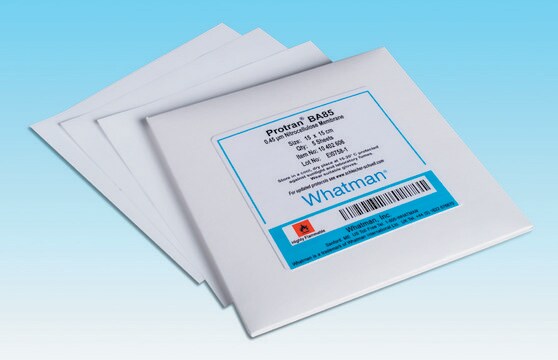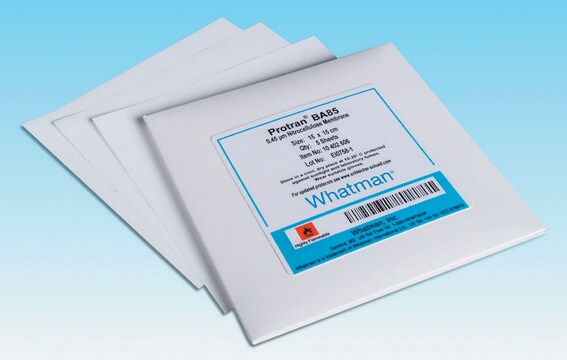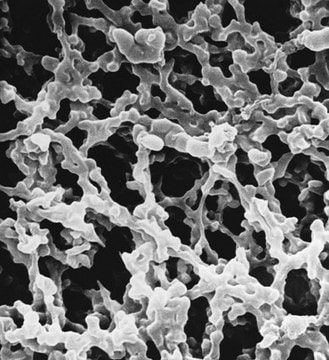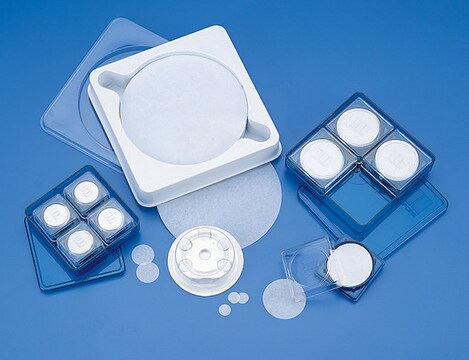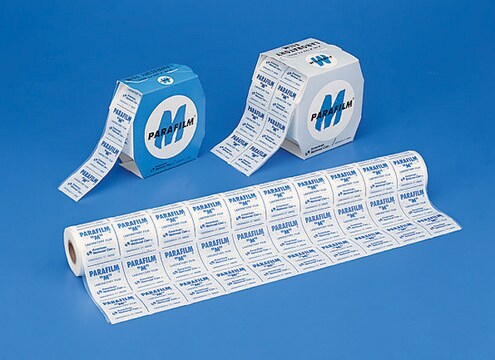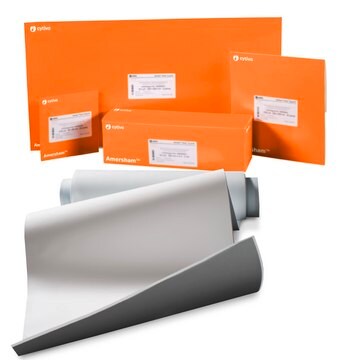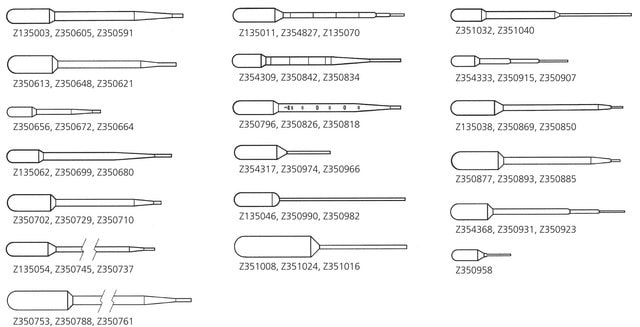WHA10401116
Whatman® Protran® nitrocellulose membranes
Circles - BA85, pore size 0.45 μm, diam. 82 mm
Synonym(e):
Z613673, blotting membrane, nitrocellulose membrane, transfer membrane
About This Item
Empfohlene Produkte
Verpackung
pkg of 50 ea
Hersteller/Markenname
Whatman 10401116
Whatman Article No. 28414963 (US reference)
Durchmesser
82 mm
Porengröße
0.45 μm pore size
Suchen Sie nach ähnlichen Produkten? Aufrufen Leitfaden zum Produktvergleich
Verwandte Kategorien
Allgemeine Beschreibung
- Binding capacity, 75 - 110 μg/cm2
- High binding, low background
- Triton free matrix
- Universal membrane for blotting - isotopic, chemluminescent, colorimetric and fluorescent detection methods
Protran nitrocellulose (NC) membranes are the most frequently specified transfer media in the world for a wide range of applications. Protran membranes are manufactured using 100% pure nitrocellulose to ensure the highest binding capacity possible. Other membranes referred to as ‘nitrocellulose′ may actually contain large amounts of cellulose acetate which will lower the protein binding capacity. Protran membranes have the best handling strength of all pure nitrocellulose membranes.
They are compatible with a variety of detection methods, including isotopic, chemiluminescent (luminol-based), colorimetric and fluorescent. Unlike PVDF membranes, Protran nitrocellulose does not require a methanol pre-wetting step. This makes Protran the membrane of choice for proteins which prefer aqueous environments. Prior to transfer, the membrane is simply wetted in water, and then placed in the transfer buffer. No other pre-treatment steps are necessary.
High Binding, Low Background:
In addition to high binding capacity, Protran nitrocellulose membranes inherently have very low background. The superior surface properties of the membrane guarantee superior signal-to-noise ratios, without the need for stringent washing conditions.
High Retention of Small Proteins:
The 0.2 μm pore size of the Protran (BA83) nitrocellulose membrane has high surface area, ensuring binding of small proteins below 20 kD by reducing ‘blow-through′. The 0.45 μm pore size membrane (BA85) is ideal for larger molecular weight samples. BA79, with 0.1 μm pore size, is the membrane of choice for smaller proteins below 7 kD. A unique benefit of the proprietary Protran nitrocellulose formula is the proven shelf life of bound proteins. Empirical evidence shows that proteins maintain molecular recognition activity for five years on Protran.
Protran Blotting Sandwiches:
A pre-cut nitrocellulose membrane and 2 sheets of 3MM Chr blotting paper are prepackaged into a sandwich to help save time. This is made with our Protran BA83 or BA85, the highest quality NC membranes available for blotting.
Sonstige Hinweise
Rechtliche Hinweise
Sold under license to DE10102744 and foreign equivalents thereof
Signalwort
Warning
H-Sätze
P-Sätze
Gefahreneinstufungen
Flam. Sol. 1
Lagerklassenschlüssel
11 - Combustible Solids
WGK
WGK 3
Flammpunkt (°F)
Not applicable
Flammpunkt (°C)
Not applicable
Hier finden Sie alle aktuellen Versionen:
Analysenzertifikate (COA)
It looks like we've run into a problem, but you can still download Certificates of Analysis from our Dokumente section.
Wenn Sie Hilfe benötigen, wenden Sie sich bitte an Kundensupport
Besitzen Sie dieses Produkt bereits?
In der Dokumentenbibliothek finden Sie die Dokumentation zu den Produkten, die Sie kürzlich erworben haben.
Kunden haben sich ebenfalls angesehen
Unser Team von Wissenschaftlern verfügt über Erfahrung in allen Forschungsbereichen einschließlich Life Science, Materialwissenschaften, chemischer Synthese, Chromatographie, Analytik und vielen mehr..
Setzen Sie sich mit dem technischen Dienst in Verbindung.